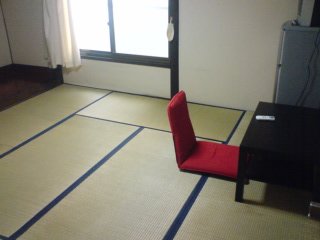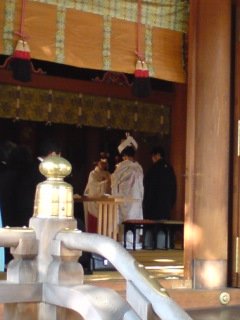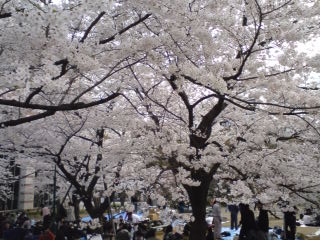If living in a guesthouse is an enjoyable experience, it also comports duties. One of them is to keep the house clean. This is not only one’s room, but also includes shared space. Oakhouse provides all the necessary equipment : vacuum cleaners, mops, cleaning detergents, etc.
The usual rule is that everyone take one’s turn every week to clean the place. In practice, things don’t really happen this way, to wipe a bit where it’s dirty or take the garbage out by oneself is very much appreciated. This, as with summer, cockroaches may appear if the place is dirty.







